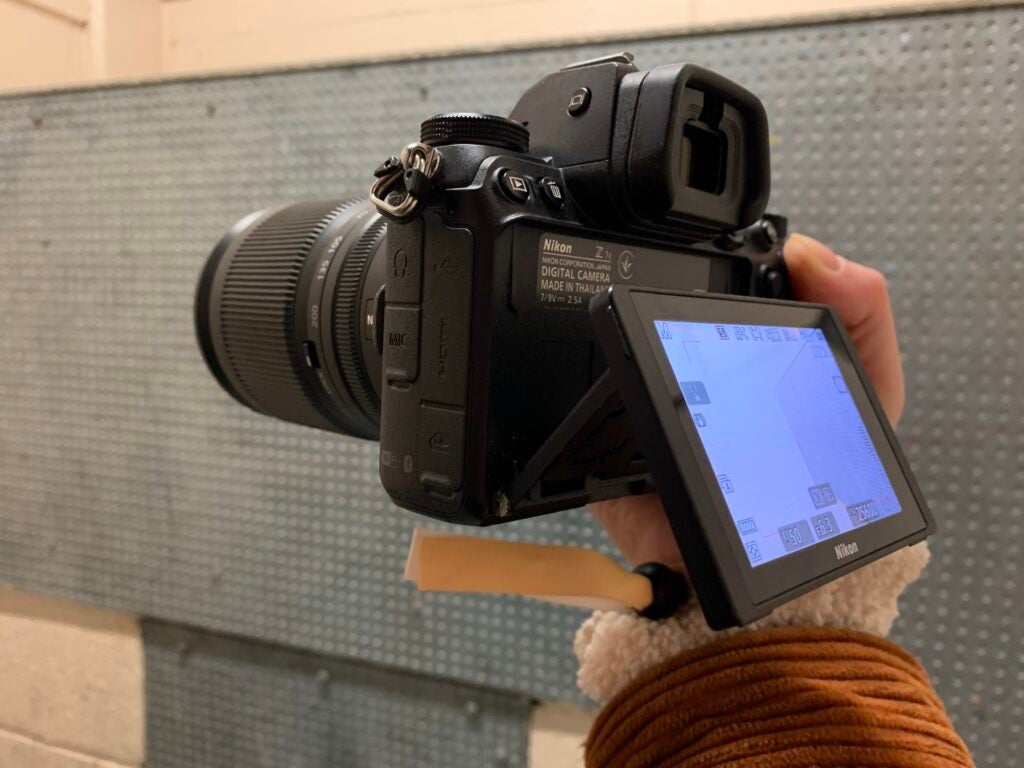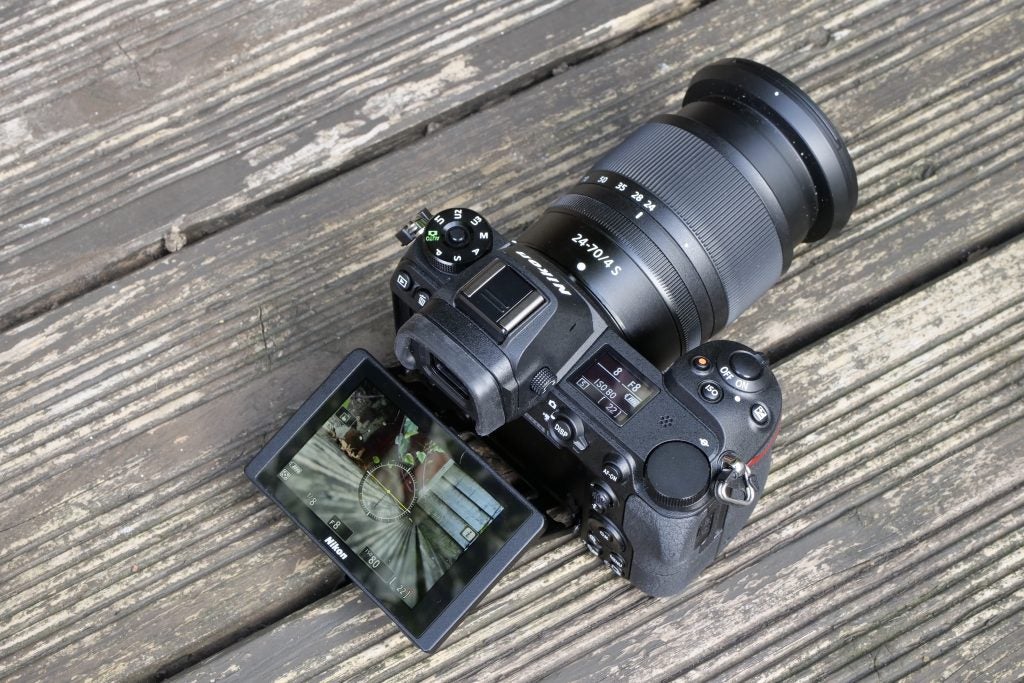It’s been a few years since Nikon upgraded the Z7 with the Z7 II and the latter is still the newest Z7 camera around. This could have you tempted to sell your old Z7 and pick up the more up-to-date model.
Likewise, both cameras can be found in stores as well as on the secondhand market, meaning you may be wondering whether it’s worth saving some cash and opting for the older Z7.
After all, both cameras pack the same 45.7-megapixel full-frame sensor, both include a hybrid phase-detection/contrast AF system with 493 focus points and, despite the Z7 II being 30g heavier, the two cameras have similar dimensions and matching 3.2-inch, 2100k-dot tilting touchscreens.
However, there are still a handful of crucial differences to note. Keep reading to discover which specs and features set the Nikon Z7 and the Z7 II apart.
The Nikon Z7 II can record 4K at up to 60p
While both the Nikon Z7 and the Z7 II are capable of recording 4K resolution video, only the Z7 II benefits from a smooth 60fps frame rate.
The older Z7 is limited to 4K at 30fps or 1080p at up to 120fps, both of which are also available on the Z7 II.

The Nikon Z7 II can track animals
Both the Z7 and the Z7 II are able to track people, with the Z7 coming with Face Detection AF to detect and follow faces and the Z7 II boasting Eye Detection AF, which does the same for human eyes.
The Z7 II has an additional trick up its sleeve in the form of Animal Detection AF. This feature allows the camera to detect and track pets through a frame including cats and dogs.
The Nikon Z7 II can shoot up to 10fps
The Nikon Z7 II has a slightly faster burst mode than the Z7, making it a stronger choice for shooting fast-moving subjects like sports and wildlife.
The Z7 II can reach 10fps in its high-speed continuous shooting mode, or 9fps for 14-bit NEF/RAW files, while the Z7 caps out at 9fps or 8fps for 14-bit NEF/RAW files.

The Nikon Z7 II has a dual card slot
Both the Z7 and Z7 II include a large card slot in which you can insert a single CFexpress Type B or XQD card.
The Z7 II also includes a second memory card slot with space for a smaller UHS-II SD card, meaning you can potentially store more on the newer camera, or choose to stick with the cheaper card format as either slot can be selected as primary storage.
The Nikon Z7 II has a longer battery life
Nikon extended the shooting time by more than 25% with the Z7 II.
According to the camera’s CIPA rating, the Z7 is capable of capturing 330 images from charge, though we found we were able to fill a 32GB memory card without the battery plunging further than 71%.
The Z7 II has a CIPA rating of 420 shots, so you can expect the camera to capture even more content on a single charge.




